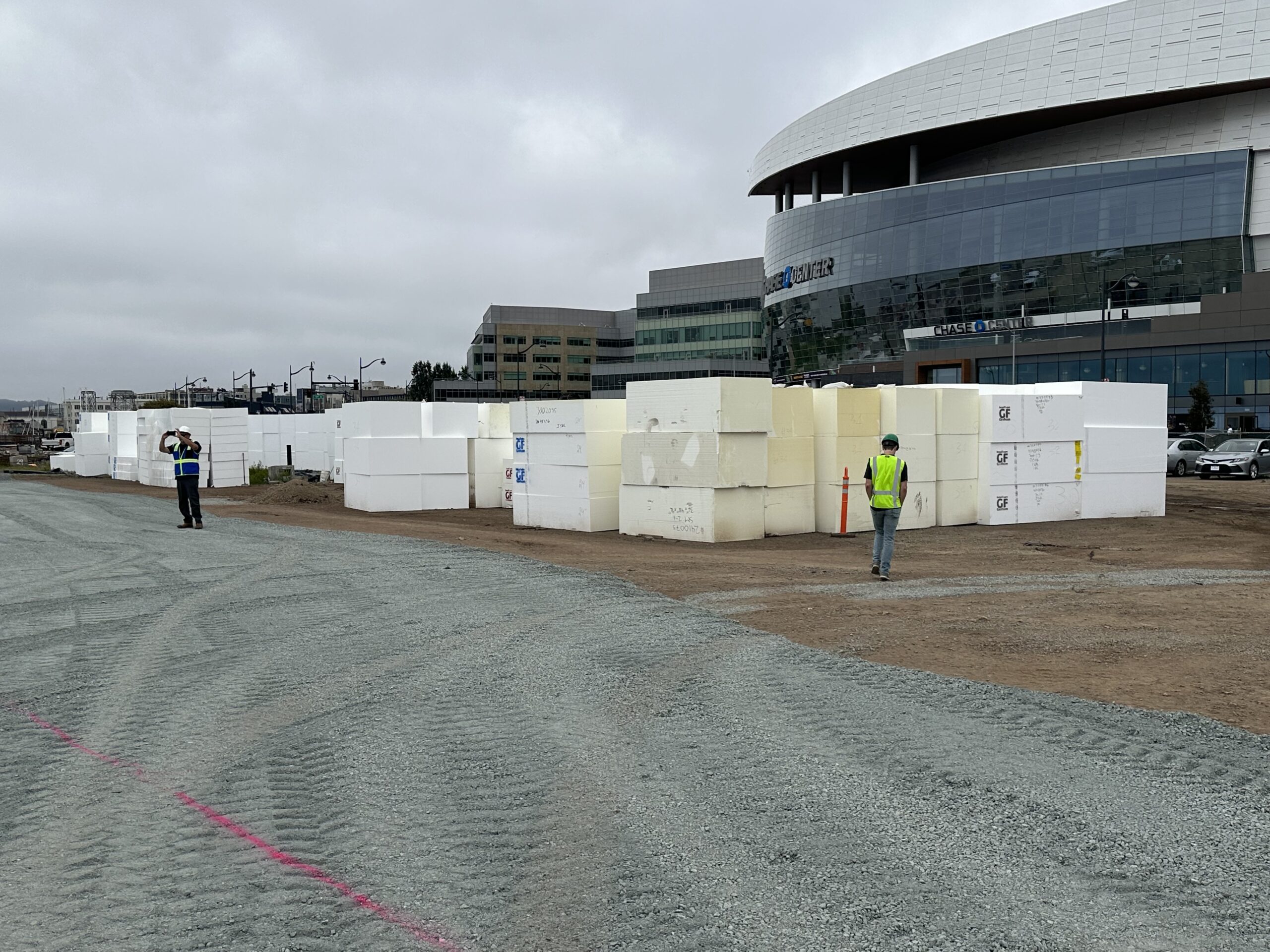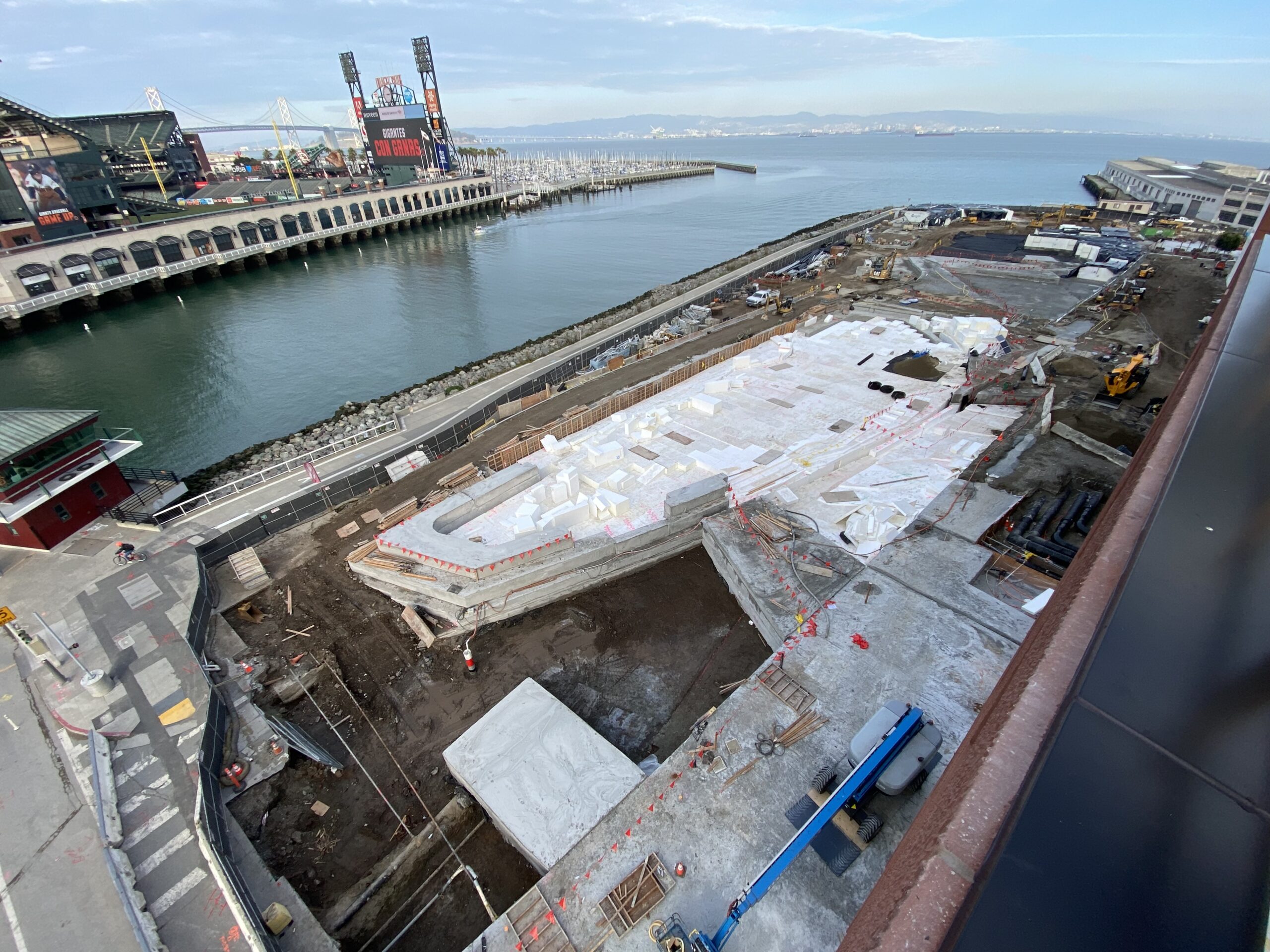Years ago, some people considered green construction was a fad. Not worth giving a nod to. But time has proven them wrong. But, surprise! The trend just keeps growing.
In fact, the World Green Building Trends 2018 SmartMarket Report indicates an increase in the percentage of industry respondents who expect to do the majority (more than 60 percent) of their construction projects green – jumping from 27 percent in 2018 to almost half (47 percent) by 2021. Here are five upcoming green construction trends you need to know about now!
#1. Turning waste to fuel
According to research firm Verisk Maplecroft, the average American produces 1,704 pounds of trash per year. That’s roughly three times the global average. And those numbers are more likely to increase rather than decrease in the coming years. That’s one reason the concept of transforming waste into fuel is gaining momentum now. This trend also helps supplement our depleted supply of fossil fuels such as crude oil, natural gas and coal, providing a domestic alternative to imported petroleum. In addition, the building and operation of waste-to-fuel plants can create jobs and spur the economy.
For example, beginning this year, Nevada’s newly created Sierra BioFuels Plant will use 175,000 tons of municipal solid waste per year to produce 11 million gallons of renewable synthetic crude oil (syncrude) annually. The syncrude will be cleaned and converted into renewable jet fuel. The Sierra BioFuels Plant, a project of Fulcrum BioEnergy, will create 500 construction jobs, 120 permanent jobs and up to 1,000 indirect jobs.
The creation of more waste-to-fuel plants will also help alleviate the overburdening of our landfills and extend their lifespans. Disposal of plastics is a rapidly growing issue in the U.S. Until recently, most of our recycled plastics were exported to foreign markets, mainly China. Now only about 50 percent of the plastic waste we once exported is accepted abroad. According to U.S. Export records, each month approximately 19,000 plastic-waste-filled shipping containers are left in the U.S. That’s enough plastic waste to fill 250 Olympian-sized swimming pools! If it isn’t used in the production of fuel or energy it’s destined for landfills or the incinerator. That’s a huge problem and not just because of the sheer quantity involved. Plastic is not biodegradable-friendly – it stays around for decades. And it can release harmful gases such as dioxins, hydrogen chloride and carbon dioxide into the environment.
So, turning our waste into fuel is a big win-win for everyone. Expect to hear more about it in coming years.
#2. Biomimicry
One of the biggest construction industry trends today is biomimicry – a concept that advocates studying nature, then using technology to create forms, processes and systems that emulate what nature does. The goal of biomimicry, sometimes referred to as biomimetics, is to provide solutions for some of the biggest problems we’re grappling with today, problems such as pollution, waste generation and energy conversion and conservation. And to do this in a way that promotes sustainability.
For example, engineers might study photosynthesis in living organisms to discover new ways to capture solar energy. Or they might look to nature to see how different organisms regulate internal temperature as inspiration for creating new wall systems.
Biomimicry is already having a significant impact on our environment, our society and the construction industry. That’s why it’s gaining in popularity worldwide. The study of nature is spurring the development of high-performance materials, technologies with a low or zero environmental impact and a mindset geared toward sustainability. Today, it’s all about getting the most out of our limited resources without negatively impacting our planet. And biomimicry is helping us do that.
Architects are also on the bandwagon. They are looking to sea creatures, dragonflies and even spider webs to find inspiration for designs that are beautiful, yet practical. The “Gherkin,” the United Kingdom’s iconic skyscraper, boasts an air ventilation system that flows through the entire building, imitating the natural ventilation systems of sea sponges and anemones. And Germany’s “Algae House” is the world’s first example of a “bioreactor façade.” In winter, the algae façade screens are nearly transparent, allowing light to come through. In summer, the algae screens provide a sun filter. Plus, when mature, the algae can be harvested and used to make biogas (a renewable energy source) to supply the building.
Not all innovations have the high visibility of striking architecture, but they are every bit as important. Reducing volatile organic compounds (VOC) in our homes and buildings helps improve our health. The creation of PureBond®, a soy-based, formaldehyde-free technology used in the construction of plywood products, was inspired by the blue mussel mollusk’s natural ability to stay connected to rocks in the ocean.
Nature has a lot to tell us. And we’ve only just begun to tap into it.
#3. Net zero energy buildings
The emergence of net zero energy buildings, sometimes referred to as zero-energy buildings or zero net-energy buildings, is another trend to keep your eye on. These buildings have been around for a while but they still represent only a small percentage of buildings nationwide. One obstacle is that the design and sustainable construction of net zero energy buildings utilizes a broad range of technologies and their design is a significant departure from the traditional way of building. Plus, they can be pricier than their traditional counterparts.
However, in recent years, there has been a huge upswing in the number of net zero energy buildings. According to the New Buildings Institute, the number of zero-energy buildings increased more than 700 percent in just six years, from 2012 to 2018. And that trend will continue to gain momentum as more and more contractors and designers come on-board. This trend is good news since buildings consume 40 percent of our energy and 70 percent of our electricity.
The definition of a net zero energy building is that it can produce enough renewable energy to meet its own annual energy needs. Essentially, a net zero energy building reduces the use of nonrenewable energy needed to operate it. During the year, it may use energy from the grid, but it will return that amount at other times.
Design is critical to creating a net zero energy building, beginning with the building orientation and sourcing of materials. Contractors use local materials, as much as possible, to cut down on transportation costs. These super energy efficient buildings may feature passive solar design, geotherm heating and cooling systems, wind turbines on the roof, insulated wall panels, natural day lighting, high-efficiency heat pumps, gray water recovery and high-thermal performance windows.
The benefits are considerable. Less fossil fuel is used to construct them and to operate them, which helps save our nonrenewable resources as well as reduce greenhouse gases. Traditional buildings emit over one-third of U.S. greenhouse gas emissions, more than any other sector of the economy. With net zero energy buildings the total cost of long-term ownership is also reduced significantly, and as energy prices continue to rise those savings will increase. In addition, these building often have more uniform interior temperatures, making them more comfortable. Finally, the resale value on net zero energy buildings is higher than less energy efficient buildings.
#4. Human and eco-friendly building materials
Eco-friendly building materials or green building materials are natural or manmade building materials that have the least effect on human health and the environment. Conventional materials can qualify as eco-friendly if the construction technique for using them is eco-friendly. Building materials can also be considered eco-friendly if they help reduce the amount of energy used in the construction process and beyond.
An eco-friendly construction material may be a salvaged/reused material or a material that can be recycled or reused at the end of its lifespan. Typically, eco-friendly materials are durable and have a long lifespan. They may be biodegradable, a renewable source such as timber or be locally available materials. They may help make buildings more energy-efficient or reduce air and water pollution.
The market for eco-friendly building materials is strong and rapidly growing thanks to global recognition of the many advantages they offer – sustainability, energy-efficiency, durability and less pollution, to name a few. In 2018, the global green building materials market reached $223.1 billion, according to a report by market research company IMARC Group. By 2024, the market is expected to reach $432.5 billion. This substantial increase is a result of a thriving construction industry and a growing demand for low-emission buildings, plus governmental initiatives and policies that support green building as a partial solution for environmental issues and changing climatic conditions.
#5. EPS geofoam for large-scale projects
Few jobs are larger in scale than infrastructure projects such as bridge construction or road construction. Increasingly, these construction projects feature the use of EPS geofoam. In fact, EPS geofoam is widely accepted as the lightweight fill construction material of choice in road projects because it ticks all the boxes.
EPS geofoam:
-
- significantly speeds the construction process.
- is super lightweight.
- is easy to install and, typically takes less labor for the installation.
- provides greater stability than other lightweight fills.
- doesn’t compact and settle like traditional fills.
- is durable, with a lifespan of up to 100 years.
- provides excellent soil remediation for project locations with weak soil.
- is resistant to moisture and environmental damage.
- can reduce your project costs by 25% to 30%.
- behaves consistently because it’s quality-controlled at the factory.
And when you use EPS geofoam for one of your projects, you’re being environmentally responsible. EPS geofoam blocks are free of dyes, formaldehyde, chloroflure carbons (CFCs) and hydrochlorofluorcarbons (HCFCs) which are considered harmful to the environment. Over time, EPS geofoam blocks will not leach into the ground. No greenhouse gases are utilized in the manufacturing process of EPS geofoam and it doesn’t result in the emission of greenhouse gases. EPS geofoam is manufactured using primarily steam, and the water from the manufacturing process is collected and reused. It can be manufactured using up to 10% of recycled materials and it is 100% recyclable. Finally, as a manufactured product, every time you use EPS geofoam in a project instead of a natural material such as rock or timber, you help sustain the environment.







